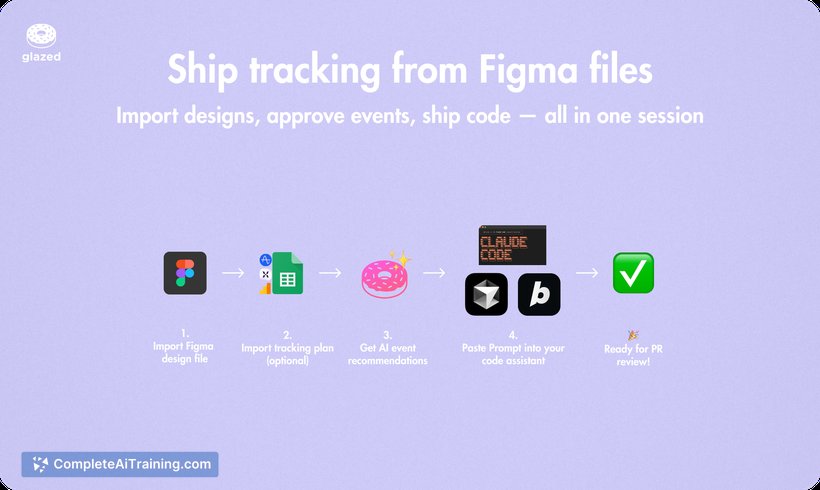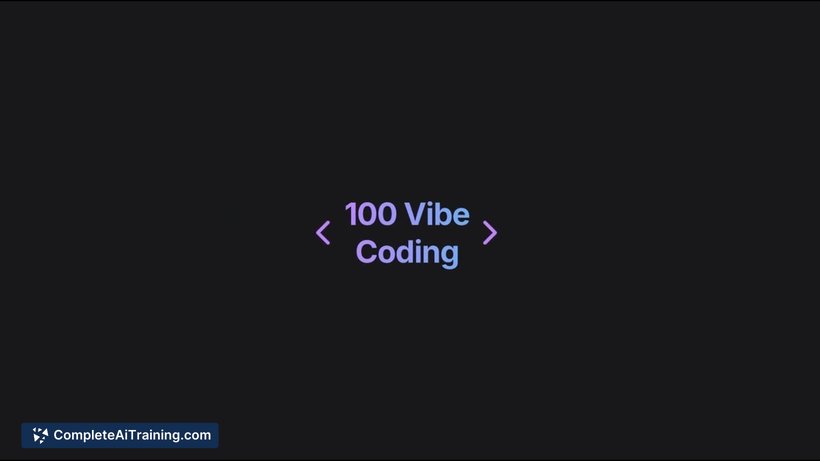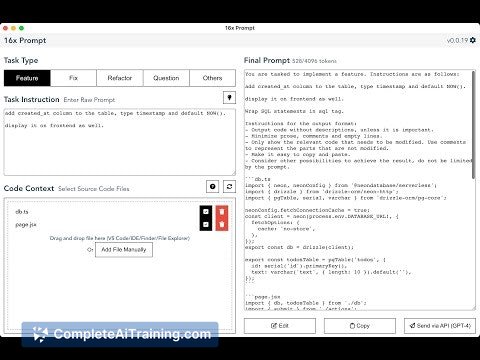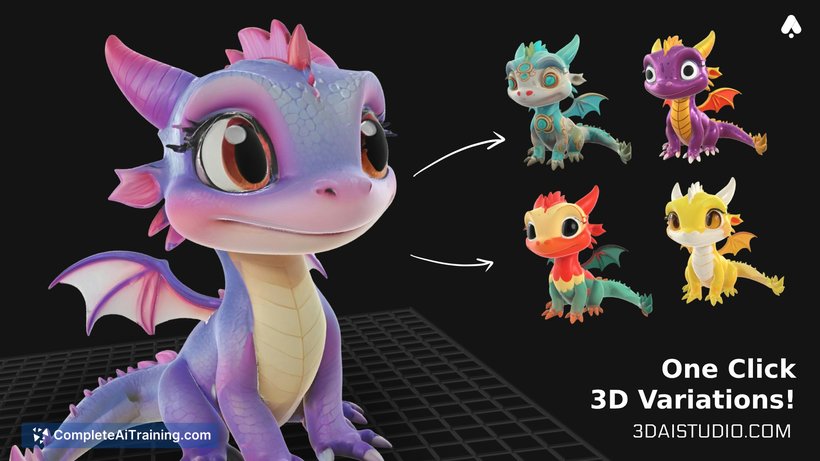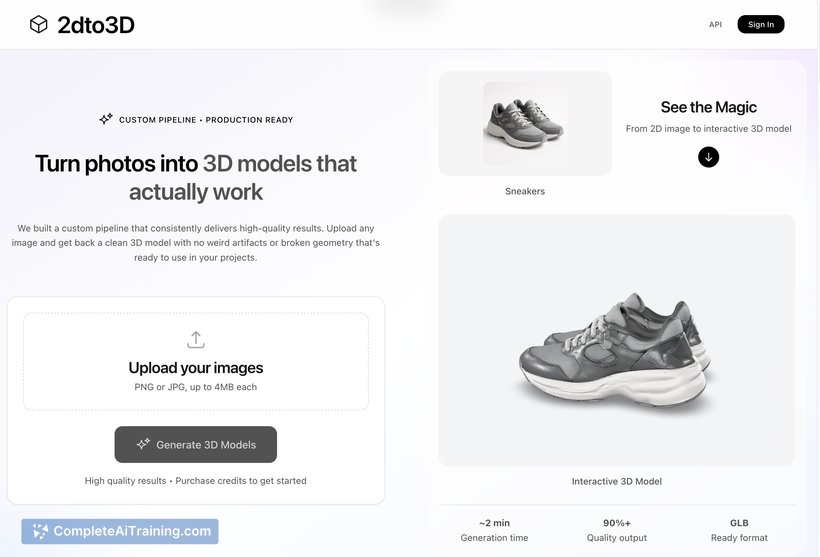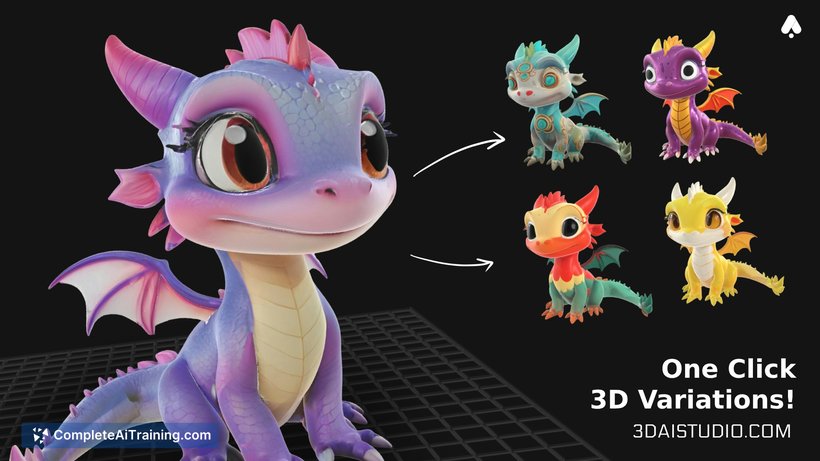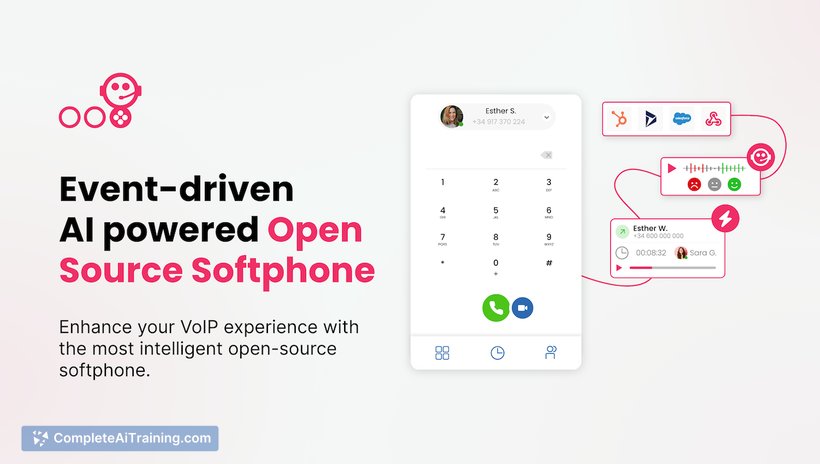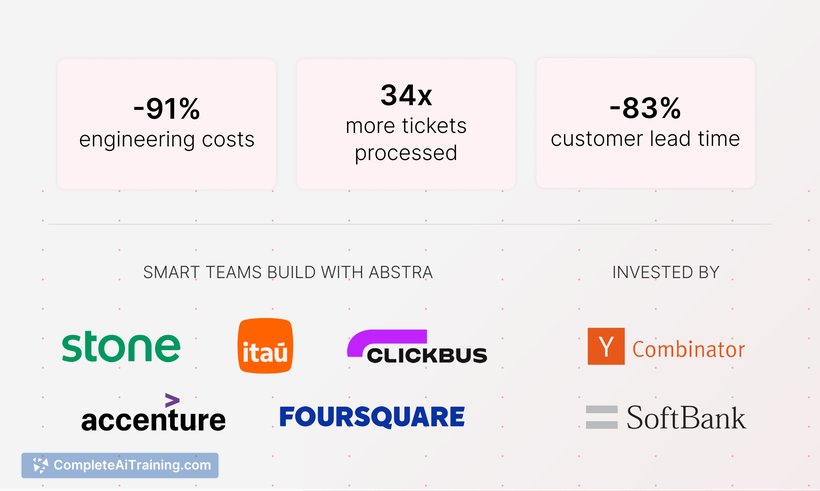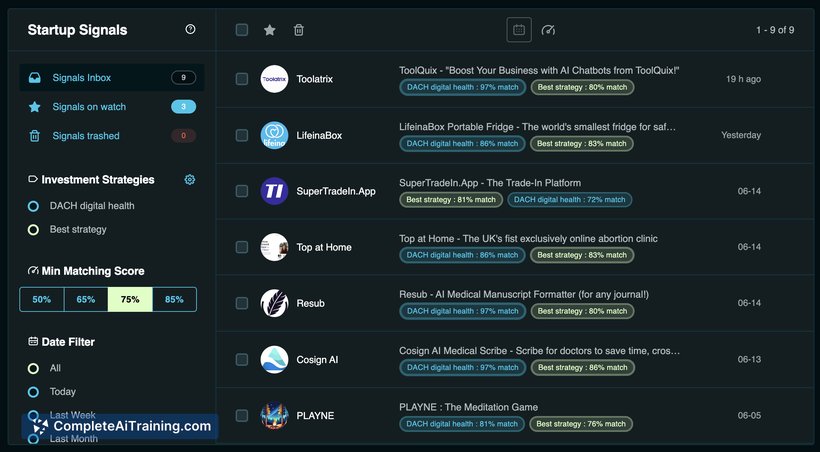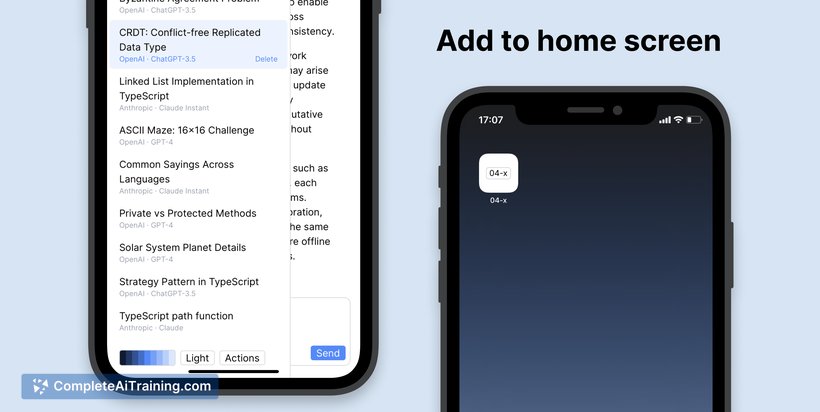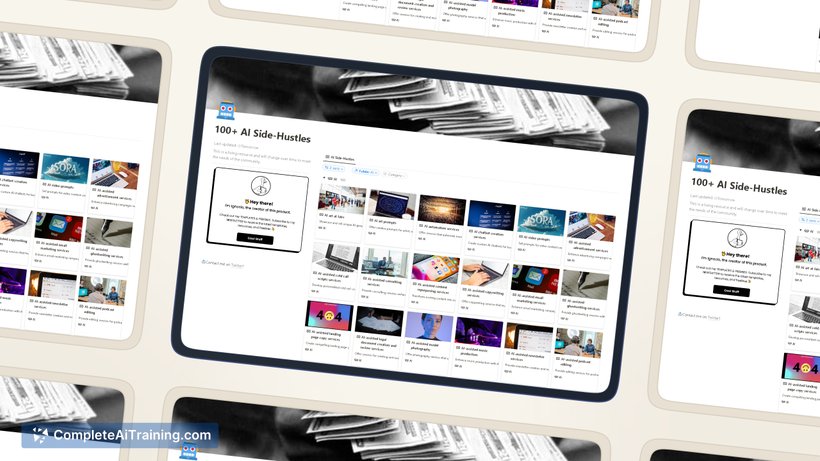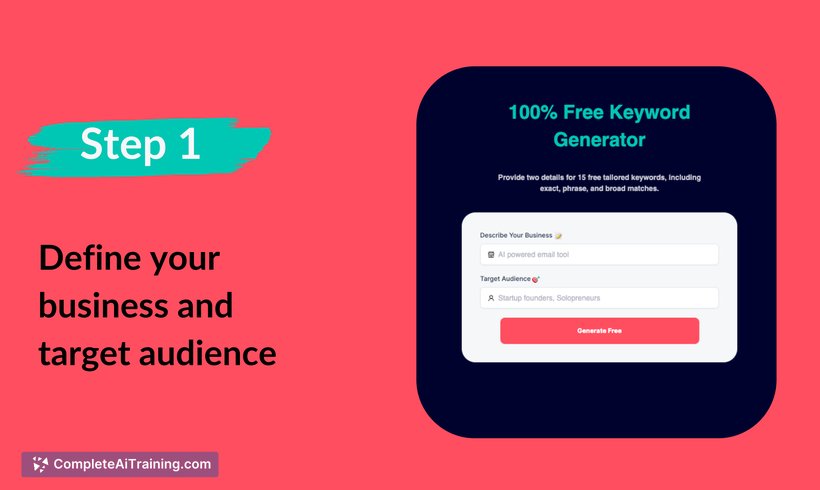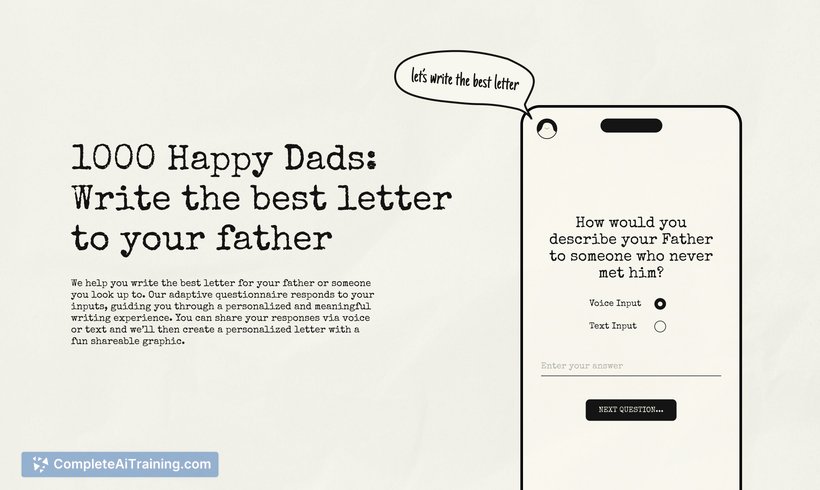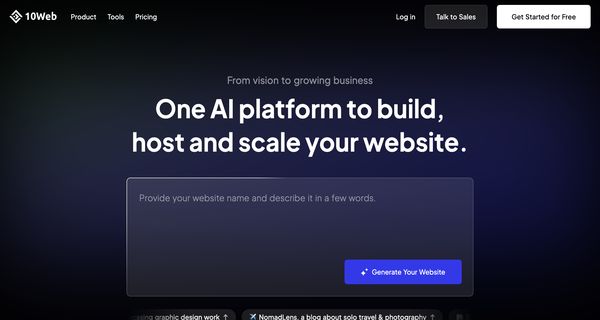About Glazed AI
Glazed AI converts Figma designs into production-ready tracking code and analytics suggestions. It analyzes screens, proposes trackable events that align with an existing tracking schema, and generates prompts that AI coding assistants can execute.
Review
Glazed AI targets the common bottleneck between design and engineering by automating the creation of tracking plans from Figma files. In practice it suggests events and properties, reuses your taxonomy when available, and produces implementation-ready prompts to speed up delivery while keeping developer review in the loop.
Key Features
- Smart event suggestions: analyzes Figma screens and proposes events that match an imported tracking schema.
- One-click prompts for AI assistants: generates prompts for tools like Cursor and Claude Code to produce tracking code instantly.
- Schema import and reuse: reuses existing event names and properties to maintain consistent taxonomy across teams.
- Self-service implementation workflow: enables product and design teams to create and ship tracking with minimal developer handoffs (developers review PRs).
- Basic visual analytics mentioned by users: click heatmaps and funnel analysis surfaced from UI designs.
Pricing and Value
Glazed AI advertises free options and has offered a launch discount; full pricing details are available on the product site. The core value is time savings and fewer coordination cycles between product, design, and engineering by automating tracking spec creation and producing code-ready prompts for AI tools.
Pros
- Reduces the time spent coordinating tracking specs between teams and speeds up implementation.
- Helps keep event names and properties consistent by reusing an imported tracking schema.
- Produces prompts that integrate with popular AI coding assistants, enabling faster code generation.
- Supports a self-service workflow so product teams can document and ship tracked features without constant developer involvement.
Cons
- Effectiveness depends on the quality of Figma files and the completeness of an existing tracking schema; manual adjustments may still be required.
- Integrations with external analytics stacks (e.g., Mixpanel, Google Analytics) and handling of complex backend-driven events may need clarification or developer work.
- Early-stage product with a small set of public reviews and some features still on the backlog, so expect iterative improvements over time.
Overall, Glazed AI is a good fit for product and design teams that want to own and accelerate their front-end analytics setup and reduce back-and-forth with engineering. It is particularly useful for teams that already have a tracking taxonomy or are willing to refine suggestions with developer review; teams with highly complex backend event logic should plan for additional engineering involvement.
Open 'Glazed AI' Website
Your membership also unlocks:

